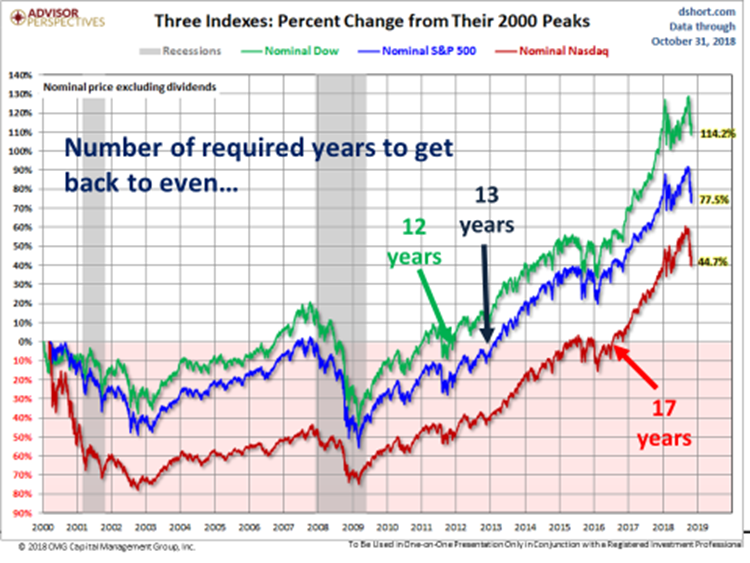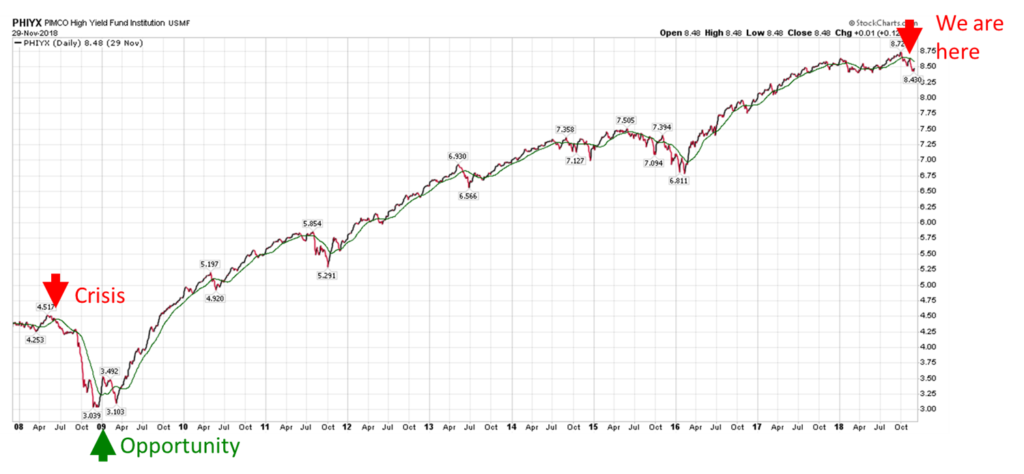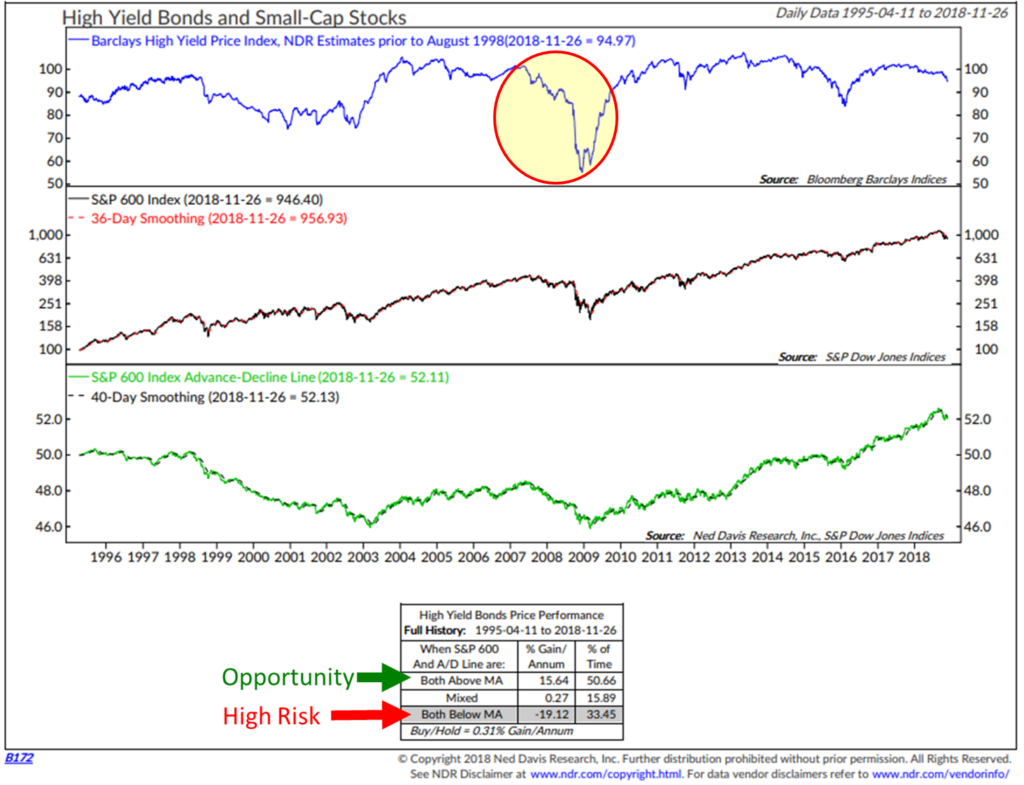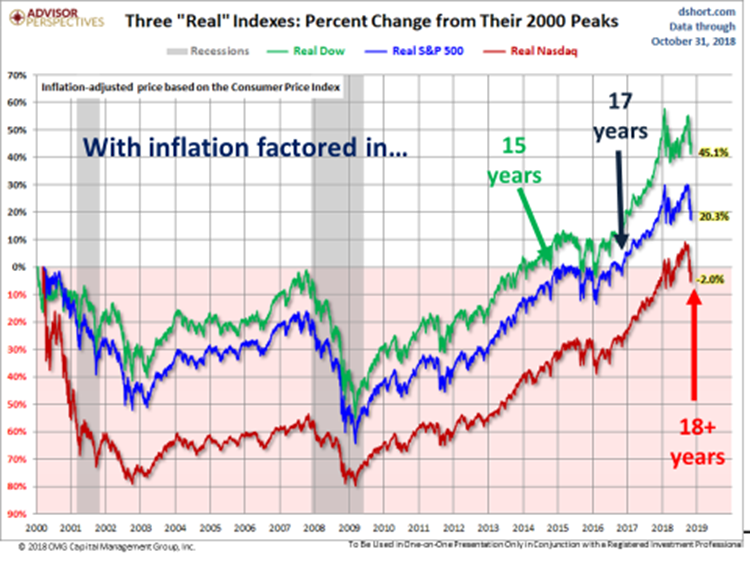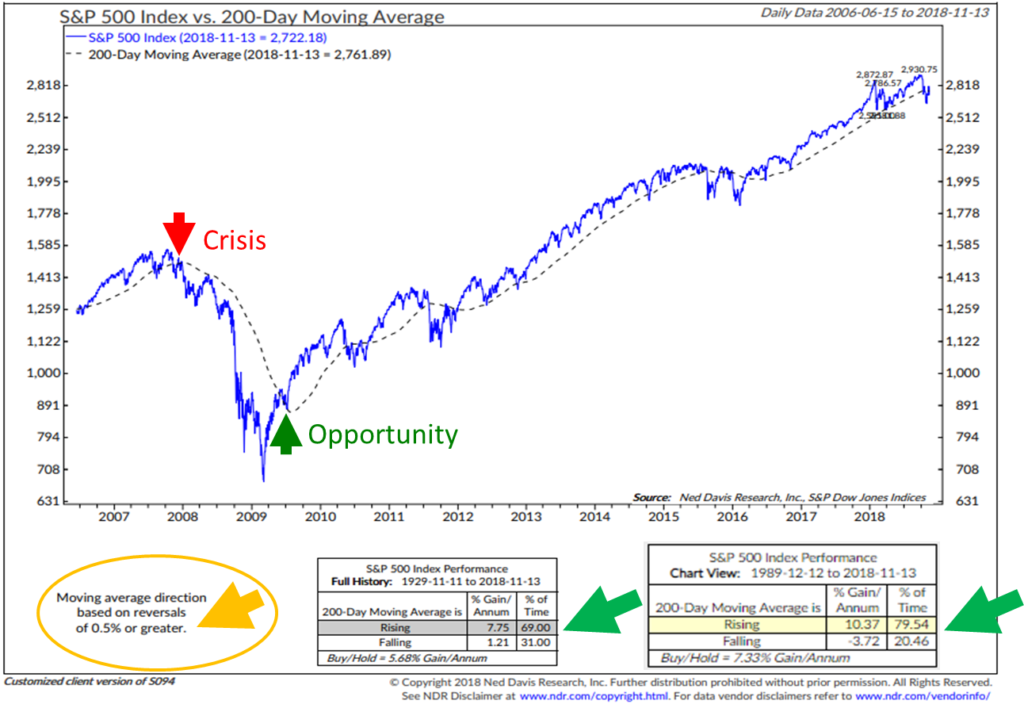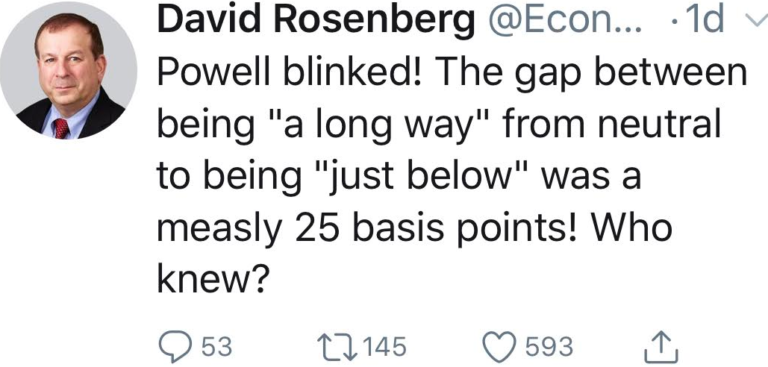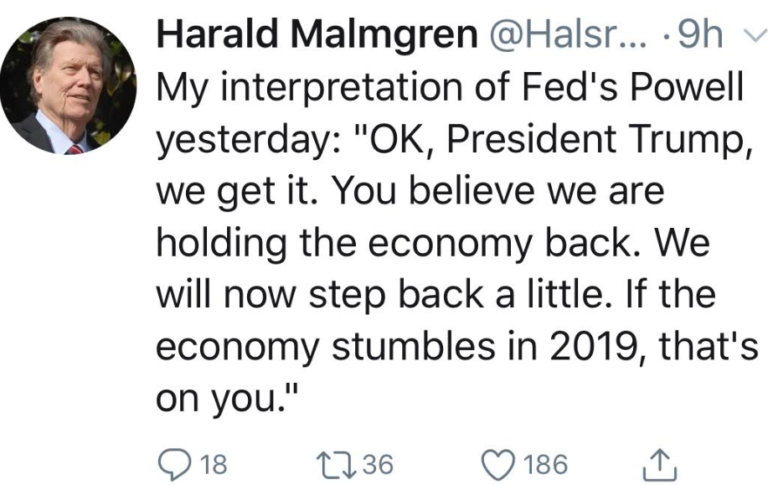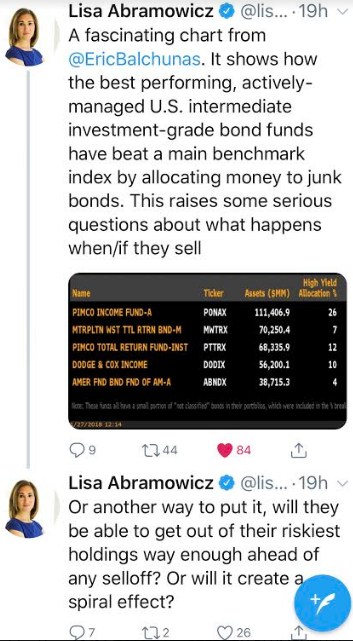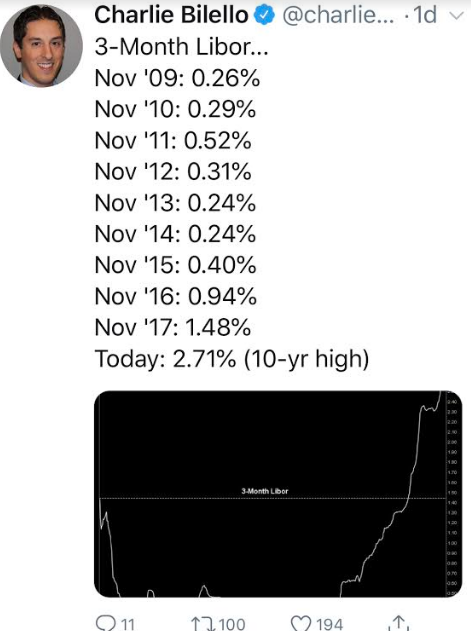“When it comes to investing, we never know what the future holds or where we are going, but we should do all we can to know where we stand, since the current position of the cycle has powerful implications for how we should cope with its possible future.” – Howard Marks, Mastering the Market Cycle
Q3 hedge fund letters, conference, scoops etc
There’s no more dramatic depiction of how speculators who are able to see a crisis in the making can reap outsized rewards than the movie, The Big Short. The movie was about a hedge fund manager, Michael Burry, and his bet against subprime mortgages before and during the Great Financial Crisis in 2008. Burry discovered the housing market was unstable due to high-risk subprime loans. Anticipating the market’s collapse in Q2 2007, as interest rates would rise from adjustable-rate mortgages, he convinced an investment bank to create a credit default swap that allowed him to bet that the housing market would crash and mortgages default.
Liquidity was rampant. No money down, no-doc mortgages were available for all. Banks would give a mortgage to almost anyone. Bad credit? Didn’t matter. All of that money fueled speculation in housing and prices rose… until it ended. Normally, know your client is rule number one for a banker. Make sure your client has the collateral in case he or she can’t pay you. Back then it was a feeding frenzy. Banks could collect a fee for originating a mortgage and quickly sell the loan to a big Wall Street investment bank (Lehman Brothers, Bear Stearns, Goldman Sachs, Morgan Stanley, Merrill Lynch) who would then ”slice and dice” the loans by combining them into mortgage pools and further spliced into various tranches of investment risks offered through cleverly designed derivative products. The bank took zero risk, collected an origination fee and a fee on the sale of the mortgage to the investment banker.
The Wall Street firms somehow convinced the credit rating agencies that a pool of low-rated mortgages combined together should receive a AAA credit rating. Those same Wall Street firms could then sell the seemingly higher-yielding AAA-rated derivative mortgage pool products to investors seeking higher yields than what they found on other AAA-rated bonds. Turned out there was no such thing as a free lunch.
Can you see how the chase for higher return, driven by low interest rates enabled so much liquidity that fueled the bubble in housing? We humans…
Burry seized on the opportunity early and, frankly, he was a bit too early. Taking the other side of the derivative bet meant that he had to pay away the interest cost. Think of it this way: if you short a stock (betting it will go down) and the stock pays a 4% dividend, you’d have to pay that amount to the person on the other side the trade (the person who owns the stock betting it will go up). They earn the dividend and since you are shorting the stock, you pay it. At that time, as housing kept advancing, Burry kept losing because it cost money each month to maintain the short mortgage derivative bet. His clients were furious. Markets were going higher, they were losing. Many of his clients demanded that he reverse and sell, but Burry refused. Under great pressure, he eventually restricted withdrawals. His investors were furious. Eventually, the market collapsed and his fund’s value increased by 489% with an overall profit of over $2.69 billion. His investors were happy.
I was in Dallas this week for meetings. One was with a well-established family office. Asked what we see ahead, we talked about Mauldin’s “Great Reset.” We added, “We have tripled down on the very same things that caused the last crisis, the economy is late cycle, overleveraged and overpriced. Zero interest rate policy has forced investors into higher yielding products and all that liquidity has enabled companies the liquidity to borrow at terms favorable to them and unfavorable to investors.” Friend Mark Yusko was on CNBC this week saying, “14% of the companies in the S&P 500 Index don’t have three years of EBITA (earnings before interest, taxes and amortization) to cover the interest cost on the bonds they have issued.” Roughly one-third of the companies that make up the Russell 2000 small cap index don’t make any money. There are many zombie companies living on the generosity of unknowing investors who have poured trillions into corporate bonds funds, high yield bond funds and leveraged loan funds.
We’ll discover who’s swimming naked when the next liquidity tide rolls out. If you have the conviction and the chutzpah, The Big Short Part II is here. Well managed family offices, like our friends in Dallas, have the talent in place, the capital and the ability to be patient. Raising cash, staying liquid and positioning for the opportunity that will present in the next crisis. The win will occur when the liquidity switch is turned off. Coming soon to a theater near you.
The challenge today in placing the big short bet is no different that Burry’s challenge in 2007 on his way to being a billionaire by 2009. You have to have the capital, the conviction and the patience to get the win. Personally, I believe there is an outstanding opportunity to short high yield and risky bank loan ETFs and European banks (owners of large amounts of Italian sovereign debt), but like Burry’s great short, the timing will be tricky.
This week, let’s take a look at what that opportunity looks like. I believe the high yield junk bond market is the key leading indicator. I also share some fun tweets around Fed Chairman Jerome Powell’s surprise comment this week. The Powell Put? We’ll see. More below… Grab a coffee and find your favorite chair and click on the orange On My Radar button.
Before you click through, I want to let you know that John Mauldin and I will be hosting a free 2019 Investment Outlook webinar on December 11 at 2 p.m. ET. If you’d like to listen in, please click on the image below.
A quick aside: During the week, I often post to Twitter and LinkedIn a news article or chart or piece of research that may make it into On My Radar. What I like about Twitter is that you can follow specific people. My favorites include Ray Dalio, Howard Marks (buy his book), David Rosenberg, John Mauldin, Ian Bremmer, Ned Davis Research and others. Bloomberg’s Lisa Abramowitz is outstanding!
If you’d like to follow me, simply click below:
♦ If you are not signed up to receive my weekly On My Radar e-newsletter, you can subscribe here. ♦
Follow me on Twitter @SBlumenthalCMG
Included in this week’s On My Radar:
- High Yield Timing – The Big Short Part II
- A Few More Tweets of the Week
- Trade Signals – Likely Global Recession, Equity Trend Weakening, Fixed Income Signals Remain in Sell, No Sign of U.S. Recession
- Personal Note – “For The Kids”
High Yield Timing – The Big Short Part II
I’ve been trading the intermediate-term trends in the high yield junk bond market since 1990. There have been three significant turning points. The first was signaled just prior to the 1991 recession, the second in 1998-1999 ahead of the 2001 recession and the third just prior to the 2008 Great Financial Crisis. The signal has always been a little early yet served well identifying change in trend.
As a long-time trader, making decisions with millions on the line, I openly admit to my own internal (mental/emotional) struggles in the early days sticking to the process. It comes down to trust in process and I learned that a sound process almost always wins out over my personal view. You see, the struggle with trading, is that there are a number of small whipsaw trades along the way to getting the big picture correct. I could always find a way to justify why “this time is different.” It very seldom is and by following the process it kept me onsides. No process is right 100% of the time. I’ve learned that trying to overrule process is unwise.
Following are two simple processes you may consider to help you get in front of the next recession: The first looks at the trend in the high yield bond market to identify higher risk/lower risk periods and the second looks at the trend in small-cap stocks as a signal for risk and opportunity in the high yield bond market.
50-day Smoothed Moving Average Cross:
- Buy signals occur when the price of the PIMCO High Yield Fund moves above its 50-day smoothed moving average price line. The green line is the trend of the last 50days.
- Sell signals occur when the price moves below the 50-day trendline.
- Note there were several whipsaws but following this process would have kept an investor invested in the major trend and avoided the major down trends.
Source: StockCharts.com and CMG (Please note I’ve been trading high yield for years. Our process is different from the above but the above approach works well).
S&P 600 Small Cap Index and High Yield Bonds
Here is how to read the chart and follow the process:
- The top section tracks the Barclays High Yield Price Index. The yield on the index is not factored into the price line.
- The middle section looks at the trend of the S&P 600 Index (small-cap stock index) and plots both the price of the Index and a 36-day smoothed moving price average trendline. Black is the S&P 600Index price line. On 11-26-18, the Index stood at 946.40. The red dotted line is the 36-day smoothed moving average of the price of the S&P 600 Index. On 11-26-18, the Index stood at 956.93. The price is below the smoothed moving average line- signaling a down trend.
- The bottom section plots the S&P 600 Index Advance-Decline Line (green line). It then looks at that price line and compares it to its 40-day smoothed moving average (dotted black line). The green line was at 52.11 on 11-26-18 and the dotted black line was at 52.13 signaling a down trend line.
- The process is summarized in the box at the bottom. When both the S&P 600 price trend (middle section of chart) and the S&P 600 Advance-Decline Line (bottom third section) are above their smoothed moving averages (both in up trends), the high yield market has returned 15.64%. When both below, the high yield market has lost 19.12% per annum.
- The yellow circle shows that the Barclays High Yield Price Index dropped from more than 100 to about 55 during the great financial crisis. That drop in price caused yields to be in the 22% range.
Bottom line: You can have a plan that seeks opportunity and avoids crisis. Key words: Plan and process.
And if you’ve got the chutzpah to bet down, shorting the two high yield junk bond ETFs may prove to be a great trade. Key word: Chutzpah
One final important point on high yield. The price trends in the high yield market tend to lead the trend in the equity markets, which tends to be a leading indicator for recession. Real life lessons from a high yield trader with a few nice lumps on the head that helped me grow. It is in recession that The Big Short Part II will present. Keep the above on your radar.
The reason risk management is so important, in my view, is that in one year from now 75% of the investable assets will be in the self-directed hands of pre-retirees and retirees. It is money that can’t afford another 50% loss, which could occur in the next recession. Imagine you are 60 or 70 years old and it was the top of the market in December 1999. Here is a look at just how long it would have taken you to get back to even.
And if you add inflation into the equation (which is what happens in real life), it looks like this:
Bottom line: Seek opportunity and risk manage what you’ve got on the way to that opportunity. I’d be fearful if I were 60 (I’m 57 by the way, so pretty close) and I were a buy-and-hold passive investor. Twelve, 15, or 18 years is way too long to wait with zero earnings on my money… let alone needing income to live on. In 15 years, age 60 becomes age 75.
At the very least, use a simple rule similar to this: Don’t fear crisis. Have a game plan in place and stick to it. If you need help in putting a plan in place, email me. I favor several different types of risk management stop-loss and re-entry processes. None are perfect. I share this next one with you each week in Trade Signals… as well as a few others.
Source: Ned Davis Research and CMG
A Few More Tweets of the Week
The Powell Put
On October 3 Federal Reserve Chair Jerome Powell said that interest rates were barely keeping up with inflation and, with the economy very strong, “we’re a long way from neutral at this point.” This past Wednesday, with real rates still at zero (2.25% Fed Funds target rate less inflation equals the real rate), Powell said, “Interest rates remain just below the broad range of estimates of the level that would be neutral for the economy – that is, neither speeding up or slowing down.” This is what economists’ estimate would mark as the “neutral” level.
Real interest rates are at zero… this is unheard of after a near record long expansion. Timing is indeed tricky…
I tweeted out this week, #HeBlinked.
Here are a few other tweets from people I respect:
And my favorite tweet of the week came from Bloomberg’s Tom Keene… “Having dove for lunch” to which I responded, “That’s funny.” (Pictured are Tom’s eye glasses… in the background I believe is Chairman Powell.)
This next tweet is important as it relates to the coming reset and the risk in what many believe are safe bond funds. They are not safe.
What will trigger crisis? Rising borrowing costs. Look what’s happening to LIBOR:
And this next tweet puts into perspective the challenges for investment asset classes this year:
Trade Signals – Likely Global Recession, Equity Trend Weakening, Fixed Income Signals Remain in Sell, No Sign of U.S. Recession
November 28, 2018
S&P 500 Index — 2,744
The Ned Davis Research (NDR) CMG U.S. Large Cap Long/Flat indicator is nearing a sell signal to reduce U.S. large-cap equity exposure from 100% to 80%. The more intermediate-term 13-week over 34-week trend signal is nearing a sell signal cross. Similarly, the longer-term 200-day moving average signal is nearing a sell signal. Overall the broad market trend evidence continues to deteriorate. You’ll also see below that the fixed income trade signals remain in a sell. Below are the charts and explanations. The lone positive is the extreme level of investor pessimism (short-term bullish for equities).
As the great Art Cashin says, “Stay wary, alert and very, very nimble.”
Click here for this week’s Trade Signals.
Important note: Not a recommendation for you to buy or sell any security. For information purposes only. Please talk with your advisor about needs, goals, time horizon and risk tolerances.
Personal Note – “For The Kids”
I remember playing catch with my dad. It was 2 a.m. on an early Sunday morning. Fourteen hours remained. Dad stood in the stands and tossed a football to me as I danced, well, walked around, on the floor with several hundred other students. It was a 46-hour fundraising dance marathon created, managed and run by Penn State students with the goal to raise money for children with cancer. The year was 1982. It was small back then but growing, and we felt we were doing something important. I had a lot of support, other students, friends but I mostly remember that time with my dad. Little did he know how much that moment together meant to me.
Sleep deprivation was the big issue. I remember one dancer “seeing” an escalator descending from the middle of the dance floor to who knows where… “Stay away, watch out,” he’d yell to everyone. He was gently escorted off the dance floor. I remember my good friend and college roommate and now former congressman, Charlie Dent, supporting me and I him. It was no small thing to push forward. I remember going up to the DJ at 5 a.m. and doing my best to tell her to STOP PLAYING THE DOORS! “This is the end…” Not the uplifting motivational music we needed. That wasn’t my best moment.
A few years ago, daughter Brianna danced. I joined her on the floor in the early morning hours, just as my dad did for me. Today, it is a well-run big business philanthropic event. What I like best is that the dancers get to know the children they support and their families. They spend time with them and learn about and better understand the challenges faced. The givers become the receivers and are forever touched.
This year, sons Matthew and Kyle are at Penn State. Matthew called on Tuesday asking me to make a contribution to the dance marathon. He’s leading the campaign for his Ski Team teammates. Of course, I said yes and I checked the box gifting in honor of my father. Like so many, I lost Dad to cancer six years ago… sure wish we could have another catch.
If you find it appropriate and feel open to making a charitable contrition, know that the money lifts many lives – children, students and even us old-timers. Following is a note from Matt:
Dear friends of my Dad,
Life is made up of millions of little moments. Moments that make us laugh, cry, feel deeply, and connect with others. It is through these experiences that we create the memories that will stay with us forever. For many children, their lives are changed forever by the diagnosis of childhood cancer. Yet, as a community we have the ability to shape their experience so that no family has to go through this process alone. We have the opportunity to shape dark moments into motivation and bright moments into inspiration. For over 40 years, incredible supporters like you have impacted THON in the most positive light, so that our THON families’ lives can be filled with laughter, smiles, and happiness. How will you help shape the moment?
Thanks to the support from individuals like yourself, THON has continued to grow as a yearlong fundraising and awareness campaign committed to enhancing the lives of children and families impacted by childhood cancer. Since 1977, student volunteers, alumni, and supporters have worked tirelessly so that one day we will dance in celebration of a cure. This year is no different, as Ski Team supports THON by fundraising so that no family sees a bill and can focus on being by their child’s side.
To date, THON has raised more than $157 million for our sole beneficiary, Four Diamonds at Penn State Children’s Hospital. Last year alone, THON raised more than $10 million For The Kids™. We are proud of the fact that over 95¢ of every $1 contributed will directly provide emotional and financial support to more than 4,000 Four Diamonds children and families affected by childhood cancer, in addition to funding critical research with a global impact.
By clicking this link, you are helping families pay for bills that they otherwise would be unable to pay.
https://thon.donordrive.com/?fuseaction=donorDrive.event&eventID=1650
On behalf of the entire THON community, we thank you for your support of our organization and the fight against childhood cancer. On February 15, we will take a stance through our 46-hour no sitting, no sleeping dance marathon to show the world what cancer cannot do.
Growing up is a beautiful thing. Let’s fight for it.
For The Kids,
Matt Blumenthal
P.S. I am happy to answer any questions you may have about donations or THON in general, please feel free to email me at [email protected]
Please feel no pressure to contribute and do so only if it is something you feel moved to do. The actual dance marathon takes place in February. I can tell you it is a really good cause. I’ll be driving up to Penn State THON weekend in February to support my boys. And I’ll be taking a football to play some catch.
Have a great weekend… For the kids!
♦ If you are not signed up to receive my weekly On My Radar e-newsletter, you can subscribe here. ♦
With kind regards,
Steve
Stephen B. Blumenthal
Executive Chairman & CIO

